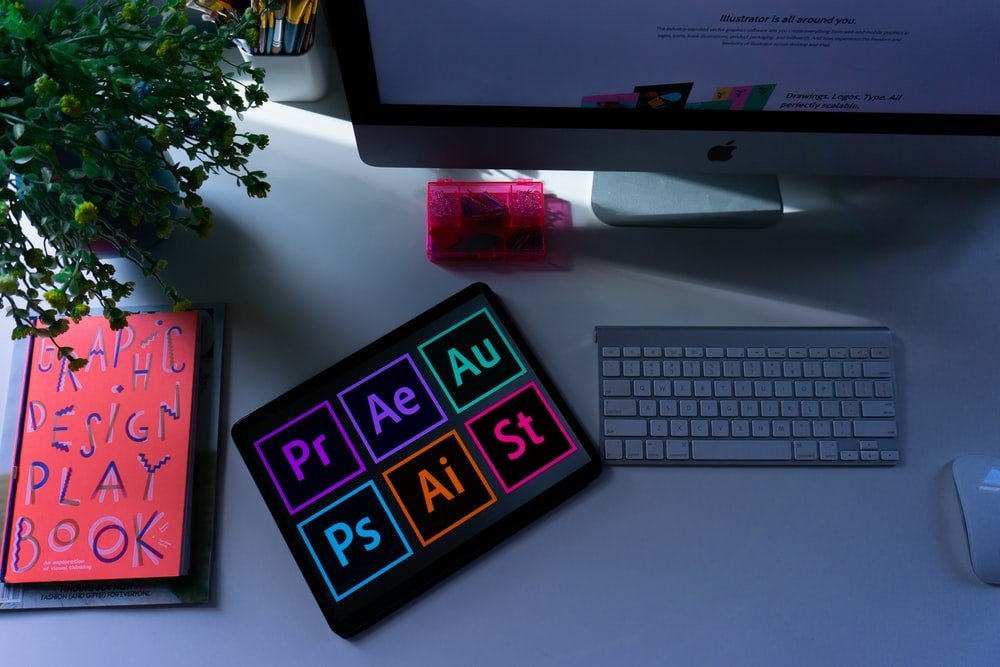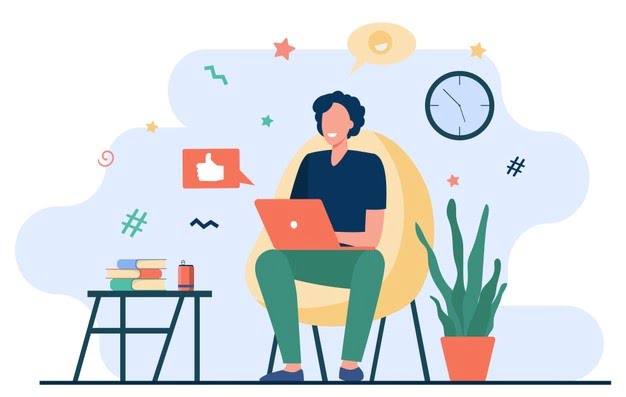Improving Your Graphic Design Skills for Your Business
by Arnab Dey Business Published on: 27 January 2022 Last Updated on: 11 November 2024

It’s a hard time for businesses at the moment, as skyrocketing overheads and the continuing effects of a global pandemic have stymied growth and severely affected budgets. As such, smaller businesses might be struggling to justify paying contractors for outsourced work, such as graphic design and marketing materials.
Instead, those with a hint of creative flair could leverage that skill and improve their own graphic design skills – bringing the work in-house and giving you more direct control over your public output. But how best to improve on graphic design skills?
Starting Out and Experimentation
As always, the best way to begin improving at a skill or discipline is to simply get started. There is only so much reading and preparation you can do without engaging with a craft, and graphic design is no different.
Start out by familiarizing yourself with the common tools used by graphic designers: software such as photo editors, vector graphics software, and 3D modeling programs; pens, pencils, and calligraphy tools for drafting and non-digital applications; even hardware solutions such as digital interfaces and drawing tablets that improve workflow.
You don’t need all of these to get started, though. Pick an illustration program and start learning your way around it. Experiment with different tools and processes, and mess around with different ideas. Use your first designs as a low-pressure playground for getting to grips with some basic principles before you take on any form of project.
Avenues for Study

While the formal study is not a necessity for pursuing improvement in graphic design, undertaking guided learning can be a valuable way to gain knowledge and experience with certain tools and disciplines. However, if you wish to gain advanced skills, online courses like Platform Training will be the best learning venue for you.
For example, the color theory does not come easily, and is a crucial tenet of good graphic design; assisted learning in the science and history of color theory can manifest tangible results with regard to improvement in your own work.
There are a number of ways to approach study. Universities offer relatively inexpensive foundation courses in graphic design, while local colleges can offer night schools on various related subjects.
There are also online portals available for you to join, giving you access to sessions and resources which can inform your own graphic design journey.
Tools for Making Things Easier
As a relative newcomer to graphic design, you may not be aware of resources already available to you, which can expedite your graphic design process and short your learning time in order to achieve a certain result. These resources and cribs are often used by professional graphic designers, let alone up-and-comers aiming to serve their business needs.
Such resources include design templates for flyers and leaflets, font libraries that fit themes and aesthetics, and even pre-built color palettes.
Practice and Failure

Even with all these different avenues of approach to improve your graphic design skills, there is only one thing that will guarantee your continued development: practice.
It can be hard to reconcile with continuing if you don’t feel you are seeing adequate results, especially if you know your work will be advancing the interests of your own business – but failure is a function of future success. In failing, you can figure out where you went wrong and improve your processes to suit. Before long, graphic design will be a fluent language to you.
Read Also:



































































































